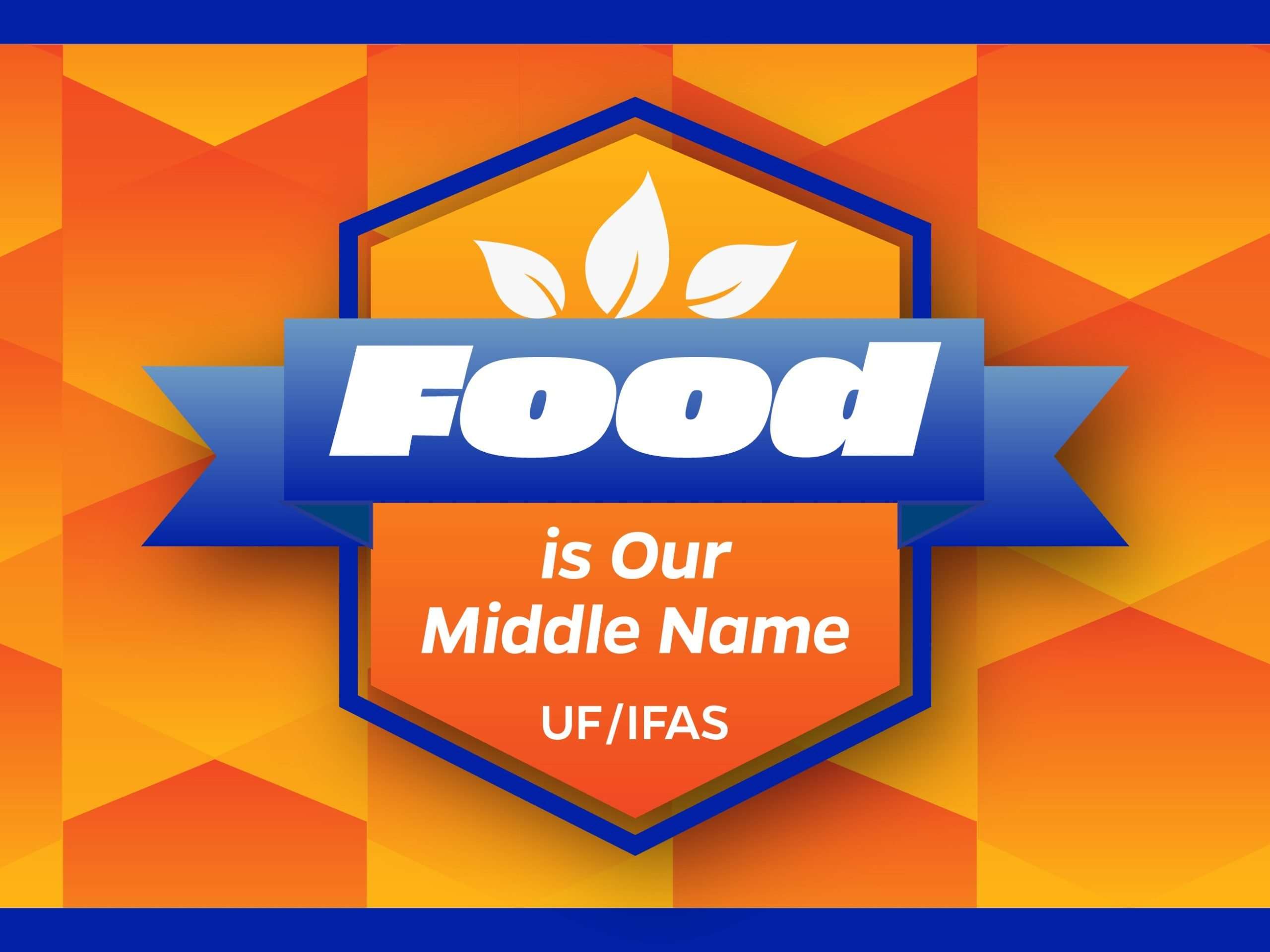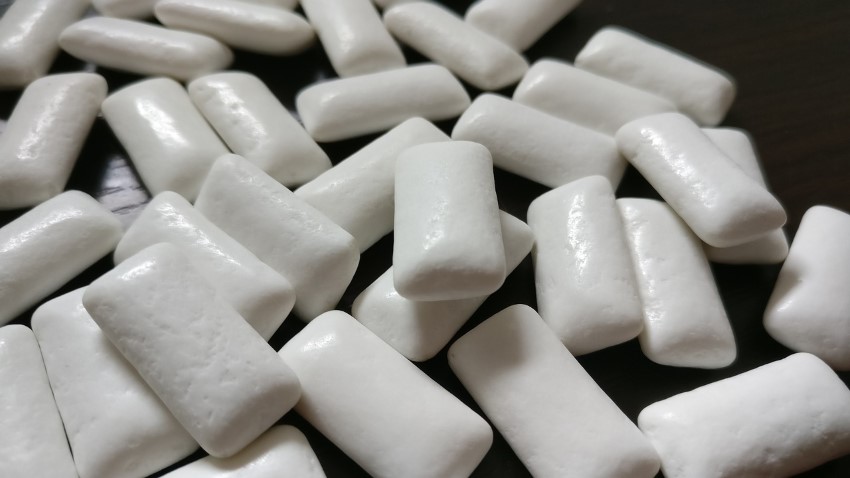TITLE IMAGE: Credit: Jaz McKibben, UF/IFAS Communications
Lucas Frank started brewing beer at home in 2010 and in 2019, decided to change careers after working in health care for 20 years. He established his own business, Hiatus Brewing in Ocala in 2019.
To make your own beer, you need hops. That’s where University of Florida researchers enter the picture.
“I had heard about Florida-grown hops as a home brewer and used them for the first time in 2018,” said Frank. “As a home brewer, it was exciting to be able to pick hops off the bine and then brew with them the same day.”
Frank was one of about 50 craft beer brewers and growers to attend the June 1 Hops Field Day at the UF/IFAS Gulf Coast Research and Education Center (GCREC). Scientists and brewers are trying to meet the tastes of craft beer enthusiasts in Florida, which has nearly 400 breweries, according to the Brewers Association.

Credit: Jaz McKibben, UF/IFAS Communications
Frank’s interest in UF/IFAS hops research was sparked after he heard Shinsuke Agehara, a UF/IFAS crop physiologist, talk about hops research at the Florida Brewer’s Conference in 2021.
Frank was all in. He and his wife, Amanda, brewed their first batch of beer using hops from the GCREC in October 2021.
“The Florida-grown Cascade hops are a lot of fun to work with,” Frank said. “They present nice floral and citrus aromas. In our experience, Florida-grown Cascade hops contribute a medium-sweet tropical flavor to the beer.”
The hops grown at GCREC stem from about eight years of trial and error. In those years, Agehara and Zhanao Deng, a UF/IFAS professor environmental horticulture, use LED lighting to grow hops twice a year at the center near Tampa. The artificial light tricks the crop into thinking daylight lasts longer than it really does.
Hops require about 15 hours of daylight before they flower. That’s why the crop generally grows better in the Pacific Northwest. At peak day-length in summer, Florida gets less than optimal daylight hours.
In addition to LED lighting, Agehara seeks ways to maximize the productivity of hops in Florida’s hot, humid climate. In one year, his program recorded 1,600 pounds of hops per acre, which is almost the same yield as in the Pacific Northwest.

“What’s unique about Florida hops is that they have two growing seasons — unlike any other hop production regions,” Agehara said. “Florida growers may be able to produce a higher yield than the Pacific Northwest — if we can tailor the LED lighting and other horticultural practices according to plant growth habits and requirements in each season.”
About UF/IFAS

The mission of the University of Florida Institute of Food and Agricultural Sciences (UF/IFAS) is to develop knowledge relevant to agricultural, human and natural resources and to make that knowledge available to sustain and enhance the quality of human life. With more than a dozen research facilities, 67 county Extension offices, and award-winning students and faculty in the UF College of Agricultural and Life Sciences, UF/IFAS brings science-based solutions to the state’s agricultural and natural resources industries, and all Florida residents.
Why Food Is Our Middle Name

Feeding a hungry world takes effort. Nearly everything we do comes back to food: from growing it and getting it to consumers, to conserving natural resources and supporting agricultural efforts. Explore all the reasons why at ifas.ufl.edu/food or follow #FoodIsOurMiddleName.


